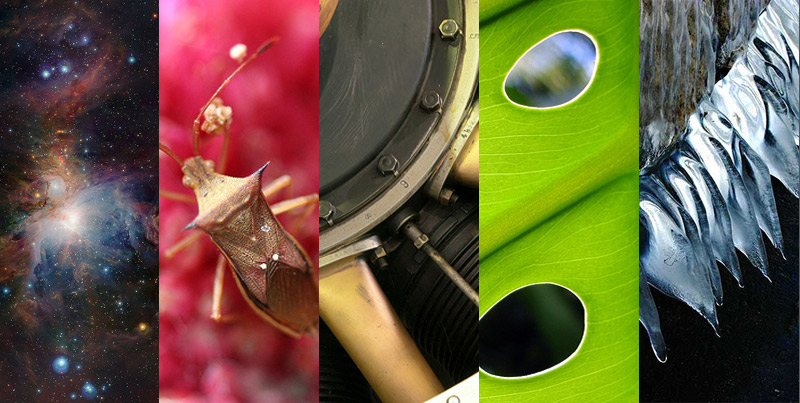Some would argue that beer-making is an art (it certainly produces art in many instances), but brewers know there’s a definitely science at work as well. And now one more element of it has been pinpointed.
Researchers in Australia and Spain have found the exact gene that codes for foam in beer. The gene, called CFG1, exists in the yeast species Saccharomyces cerevisiae and codes for a certain kind of protein in the yeast’s cell wall. When researchers deleted that gene, the beer’s head was much smaller.

The test tubes on the right lack the CFG1 gene
So why does this happen? It all has to do with that one protein the cell wall.
When the yeast cells begin to die, many of them self-digest, leaving bits and pieces of their cell wall floating in the beer. One compound that makes up the cell wall is the mannoprotein. The mannoprotein is composed of two basic parts: The protein chain and sugars known as mannose. The protein chain, or glycoprotein is hydrophobic, meaning it repels water. The other side, the mannose, is hydrophilic, meaning it’s attracted to water.
To understand why this is important, we have to understand what beer foam actually is. Basically, it’s bubbles: Liquid stretched out over orbs of gas. This is where the mannoprotien comes in. When the beer is exposed to air – when you pop it open and pour it, the glycoproteins left over from the dead yeast all arrange themselves in the same way: Mannose facing out, glycoprotein facing in. The mannose half of the molecule, the part that loves water, points toward the liquid, or what appears to be the surface of the bubble. The glycoprotein half, the part that hates water, points in toward the gas. Many glycoproteins do this all at once, forming the walls of the bubbles.
So if the CFG1 gene that codes for one kind of mannoprotein is removed, then you have fewer proteins to form beer. And ouila! You’ve got some flatter beer.
